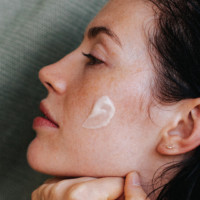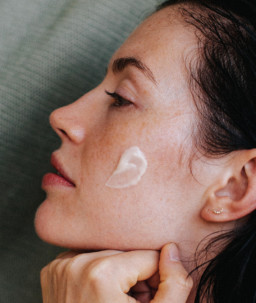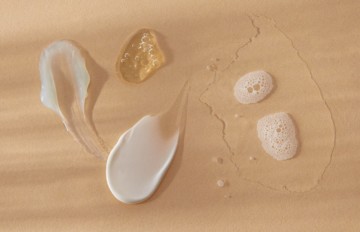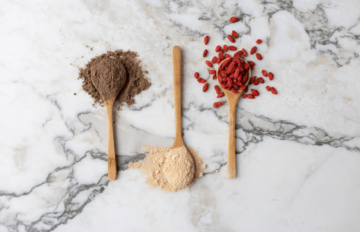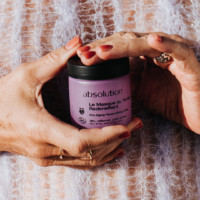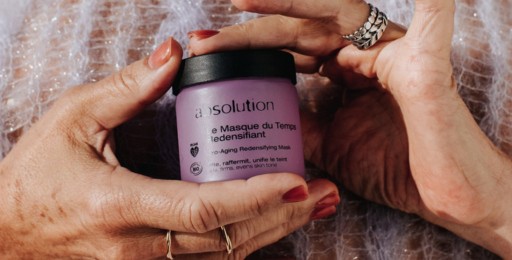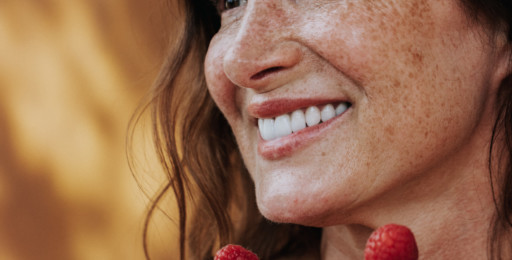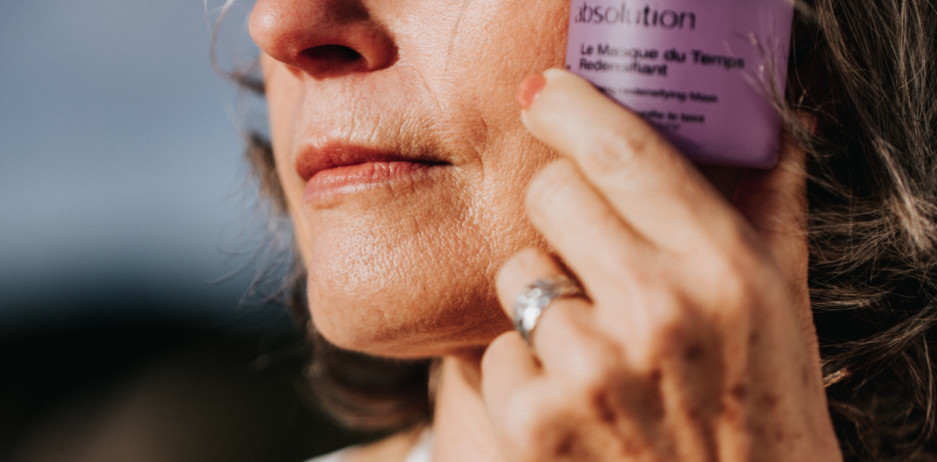
The Dangers of Retinol in Winter
It has been the star ingredient of the last years! Praised by numerous influencers on social media, retinol is a top-selling ingredient even among the younger generation. While it is primarily used to reduce signs of aging, it is also effective against skin imperfections such as dark spots, depigmentation, and acne. However, it is important to remember that retinol is intended for mature skin rather than youthful skin. Moreover, its use in winter can cause damage due to cold and dry air! Here is how to use it safely and avoid any side effects.


What is Retinol?
Legend has it that the Egyptians already used it in the form of beef liver, particularly to treat the eyes of the blind. However, it was not until 1931 that retinol was first isolated by Swiss chemist Paul Karrer from mackerel liver oil. In 1943, a study was published on the use of tretinoin to treat acne and skin imperfections. Its effectiveness against signs of aging was only proven in 1980 by American dermatologist Albert Kligman.
Today, it is one of the most sought-after ingredients in cosmetics for fighting wrinkles and fine lines. Retinol is one of the three active forms of vitamin A, alongside retinoic acid and retinal. It acts by pushing cells to regenerate more quickly and stimulates the production of collagen, hyaluronic acid, and fibroblasts, which help maintain healthy skin structure. Studies have even demonstrated its ability to reduce melanin production, helping to fade dark spots that appear with age.
This molecule is naturally found in cod liver oil, egg yolk, beef, and certain plant-based foods such as carrots, sweet potatoes, and spinach, thanks to their beta-carotene content. It can also be synthetically produced in laboratories.
The Dangers of using Retinol in Winter
Many retinol-based products—depending on their formulation—can irritate the skin and cause redness, peeling, dryness, and increased sensitivity. In other words, the opposite of fresh, healthy skin. Retinol application should also never be followed by sun exposure, whether in summer or winter, as it can lead to sunburn or hyperpigmentation, especially in mountainous or snowy environments where UV rays are reflected. This molecule can even cause cracks, discomfort, or skin inflammation in people with dry or atopic skin. It is also advisable not to combine retinol with strong exfoliants like AHAs and BHAs or other scrubs, as they can increase irritation and skin damage.
How to Choose the Right Retinol Product?
First, some formulas should be avoided, particularly those containing high concentrations of pure retinol, which can exacerbate skin sensitivity. If you still want to use retinol, it is best to start with low concentrations, around 0.25% to 0.5%, and gradually increase the dosage over time. Products that include irritating ingredients, such as strong acids or alcohol, should also be avoided. Proper hydration and a balanced lifestyle are essential to compensate for water loss and strengthen the skin barrier after using this active ingredient.
Samphire, Our Best Pro-Aging Ally
At Absolution, retinol is replaced by Samphire (Crithmum Maritimum), the star ingredient in the Masque du Temps Redensifying Mask. This plant grows on the rocky coasts of Brittany and is packed with vitamins A, B2, B15, and C, beta-carotene, minerals, trace elements, and a high concentration of phenolic acid, which gives it a “retinol-like” effect. The formula is thus suitable for sensitive skin, providing deep hydration while improving skin thickness, boosting collagen synthesis, and stimulating fibroblasts.
Its use follows two phases:
- An intensive phase, applying it as a night mask for one week, replacing your night cream.
- A maintenance phase, applying it every other night until the jar is finished. One pot provides 25 applications.
Retinol remains a powerful ingredient that must be used with caution! It requires even more attention in winter due to significant temperature variations. Ideally, one should consume seasonal foods rich in retinol, such as dark green vegetables (spinach, kale, broccoli) and orange vegetables (carrots, sweet potatoes, squash, pumpkins). Let’s not forget to use products adapted to our age and the healthiest formulations possible!
